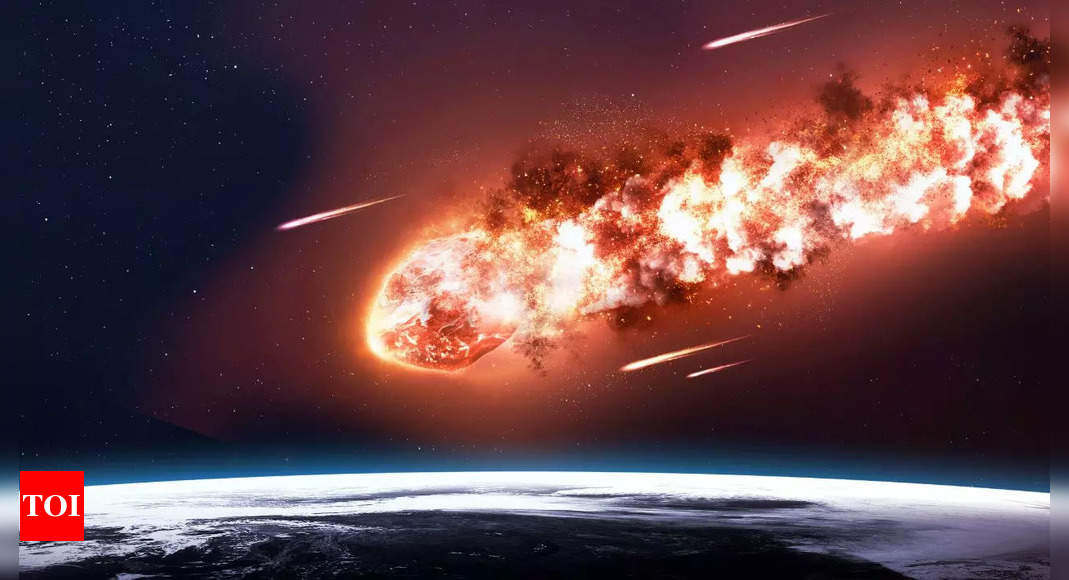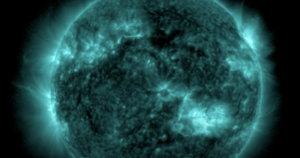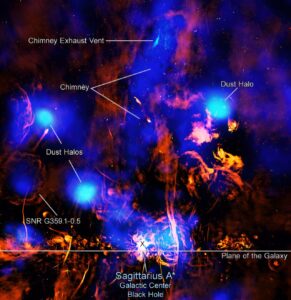Asteroid 2024 NB2 was discovered by astronomers at the Catalina Sky Survey in Tucson, Arizona. This near-Earth object has been closely observed by NASA’s Jet Propulsion Laboratory (JPL) in Southern California. The asteroid’s closest approach will bring it within 2,390,000 miles (3,850,000 kilometers) of Earth, a distance that, while astronomically close, is still safe.
The Goldstone Solar System Radar, part of NASA’s Deep Space Network, contributed to the tracking of 2024 NB2. Located near Barstow, California, this radar system provides detailed observations of the asteroid’s size, orbit and speed. These observations are crucial to understanding the behavior of near-Earth objects and improving planetary defense strategies.
Representative image
The approach of asteroid 2024 NB2 is a reminder of the importance of monitoring space for potential hazards. NASA’s Planetary Defense Coordination Office (PDCO) plays a key role in detecting and tracking such objects. PDCO collaborates with observatories and space agencies around the world to ensure that all potential threats are identified and assessed sufficiently in advance.
The discovery and tracking of 2024 NB2 highlights advances in asteroid detection technology. The NASA-funded Catalina Sky Survey contributed significantly to this effort. Since its inception, the survey has discovered thousands of near-Earth objects, providing valuable data for scientists and researchers.
The speed at which 2024 NB2 is moving is evidence of the dynamic nature of our solar system. Objects like this asteroid are constantly moving through space, influenced by the gravitational pull of planets and other celestial bodies. Understanding these movements helps scientists predict future trajectories and assess potential risks.
Although 2024 NB2 is not an immediate danger, it is close approach serves as a reminder of the need for constant vigilance. NASA and other space agencies are constantly working to improve our ability to detect and track near-Earth objects. This ongoing effort is essential to protecting our planet from potential impacts.
The upcoming 2024 NB2 flyby is an opportunity for scientists to collect more data on near-Earth objects. By studying the asteroid’s composition, size and speed, researchers can gain insight into the characteristics of similar objects. This information is vital to developing effective strategies to mitigate potential threats.
For the uninitiated, NASA, the National Aeronautics and Space Administration, is the United States government agency responsible for the nation’s civilian space program and for aeronautics and space exploration. NASA conducts research to improve aviation safety, efficiency, and productivity by contributing to advances in aircraft design and air traffic management. It studies Earth’s climate, weather and natural disasters using satellites and other instruments to better understand and protect our planet. NASA’s mission is to pioneer the future of space exploration, scientific discovery, and aeronautical research. It focuses on expanding human knowledge of space, advancing space technology, and exploring the universe beyond Earth. NASA has conducted numerous missions to Mars, including the successful landings of rovers such as Spirit, Opportunity, Curiosity and Perseverance, as well as the InSight lander, which studies the interior of the planet.
Did you like this article? Please let us know in the comments below!
Turkish military advances into Iraqi Kurdistan targeting the PKK amid rising regional tensions



